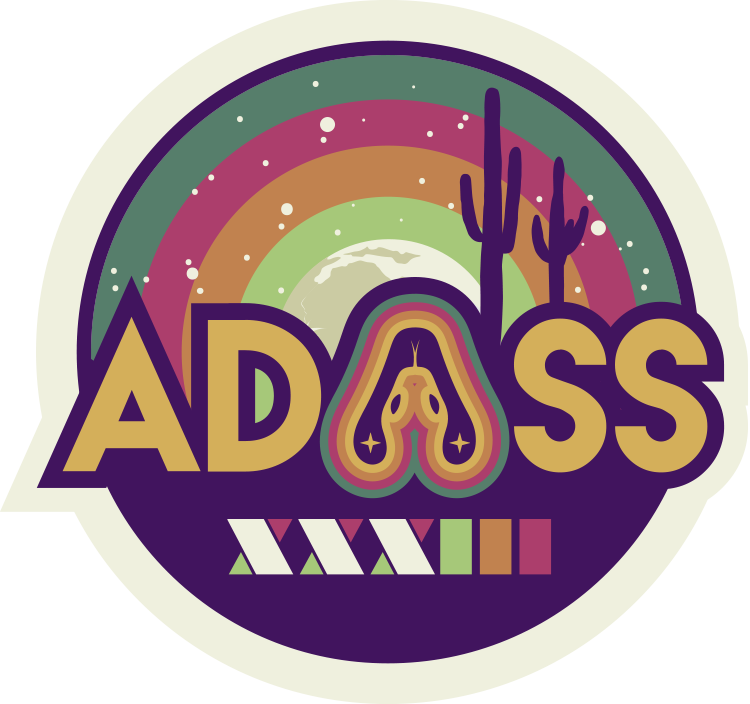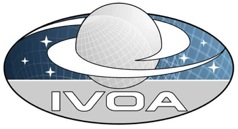Wednesday plenary 3: Contributed talk
When
Where
Theme: Software, tools and standards for Solar System, heliophysics, and planetary research
In about two years, the Vera C. Rubin Observatory, an 8m-class ground based facility currently under construction at Cerro Pachón, Chile, will start scanning the southern sky to produce the Legacy Survey of Space and Time (LSST). Over its 10-year duration, this survey has the potential to produce on average 200 observations of each of about 4-5 million new asteroids it can discover. However, the cadence that Rubin will use -- taking pairs of observations each night -- is not suitable for moving object identification using traditional approaches which generally require three or four. Instead, it requires an algorithm able to connect three or more pairs over a window of nights, in presence of substantial amount of false detections (Kubica et al. 2007; Denneau et al. 2013).
In this talk, we will present the algorithm and a fast C++ implementation of Heliolinc3D. Based on the concept of heliocentric linking presented in Holman et al. (2018), Heliolinc3D can identify asteroids in large surveys taking only pairs of observations per night, with three such pairs over 2-4 week periods. This code has been extensively tested on simulated LSST data at realistic scale, as well as real data from ATLAS. In tests with LSST simulations, we successfully linked 98.8% of potentially discoverable main-belt asteroids and 97% of NEOs. With ATLAS data, we re-discovered numerous NEOs already found by the ATLAS team, as well as an additional hitherto unknown PHA (2022 SF289). This implementation meets requirements for Rubin's asteroid discovery system (95% completeness), but is also available to any other observatory wishing to use it (https://github.com/lsst-dm/heliolinc2).
In addition to providing the source code, we are working to develop a Heliolinc3D linking web service where observatories could upload data to be linked without the need to run the software themselves. In the longer term, this service-based approach could significantly optimize the global asteroid discovery process. In addition to tracklets, future surveys could choose to submit individual detections to such a "hub", where linking could be performed by state-of-the-art algorithms (e.g. HelioLinC3D, pumalink, or others). This could dramatically simplify the operations of individual surveys -- especially the smaller ones -- as well as open opportunities for cross-survey linking and observation coordination.



